Allisonkitten - Here, Have Some Space
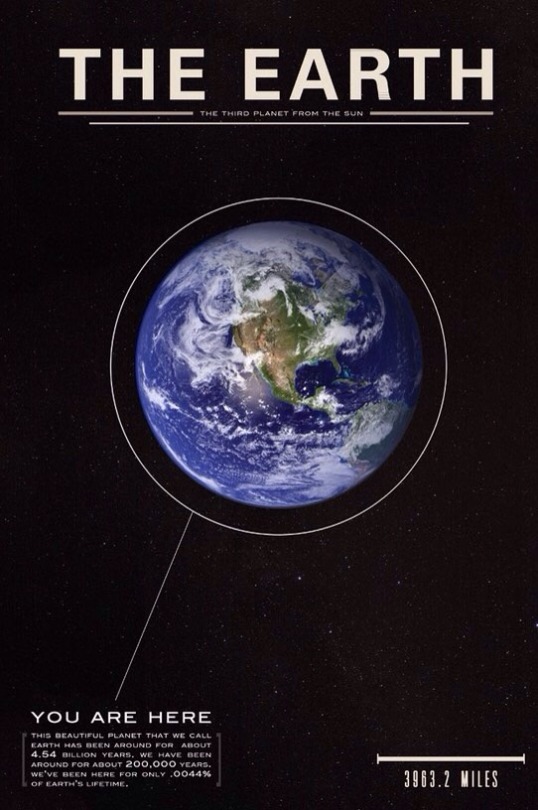
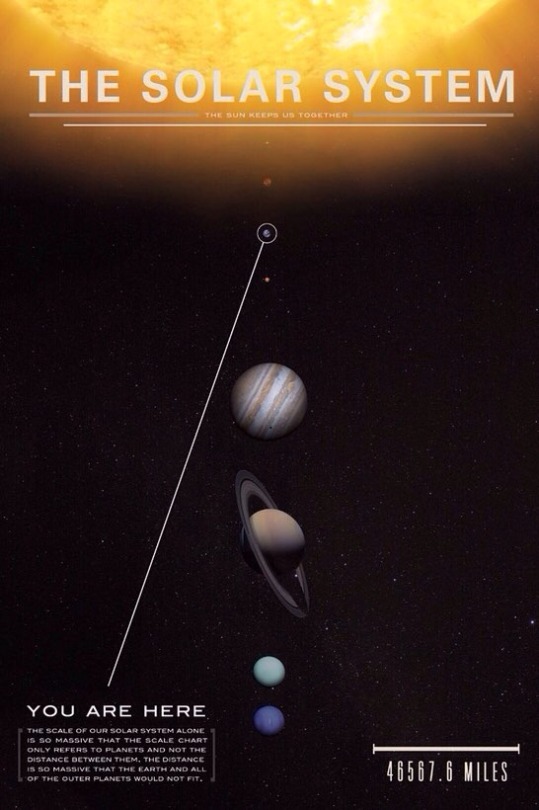
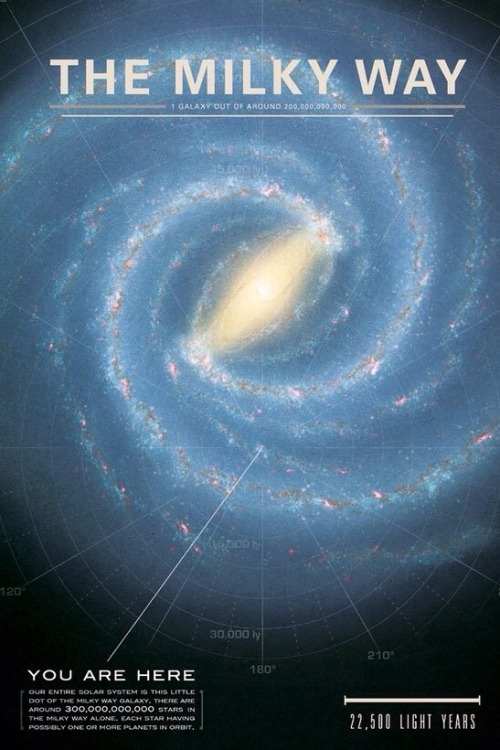

More Posts from Allisonkitten and Others
For all your stargazing pleasures
What’s Up for April 2016?
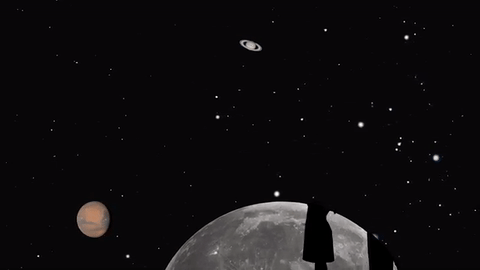
Jupiter, Mars, the Lyrid meteor shower and 2016’s best views of Mercury are all visible in the sky this month.
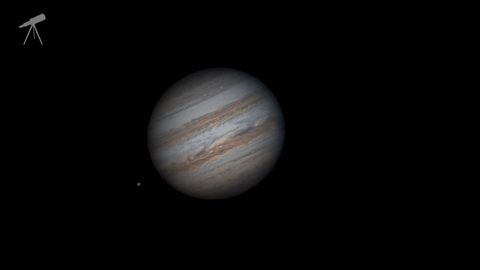
Jupiter, where our Juno mission will begin orbiting on July 4, continues to shine almost as brightly this month as last. And eagle-eyed telescope viewers will see a transit, a shadow transit, an occultation and an eclipse of Jupiter’s moons- all in one night: April 6-7.
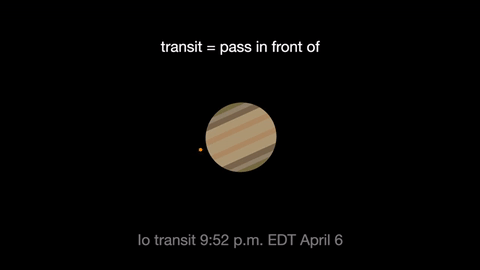
Io transits first, crossing the planet beginning at 9:52 p.m. EDT. It’s shadow can be seen less than an hour later.
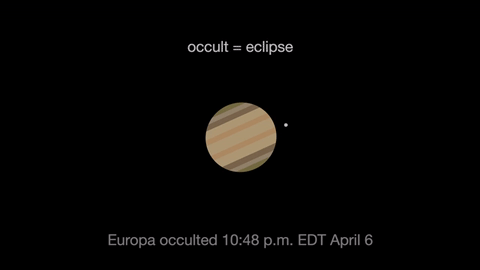
Next Jupiter occults, or eclipses, Europa as Europa slips behind the giant planet at 10:48 p.m. EDT. At 3 a.m. Europa reappears from its eclipse, dramatically leaving the shadow of Jupiter.
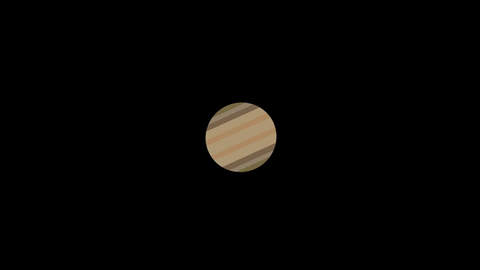
Ganymede transits the planet beginning at 1:01 EDT April 7.
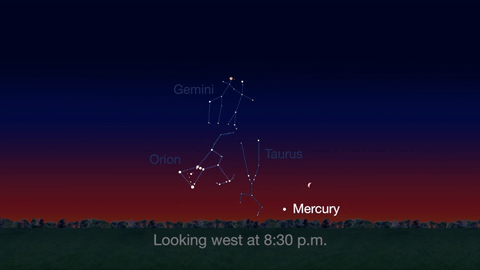
Check out the other planets in April, too! Mercury is always a challenging object to view, but this month you can spot it after sunset about 10 degrees above the horizon. Through a telescope you can see its phase. It will appear like a tiny crescent moon, with about 1/3 of its disk illuminated.
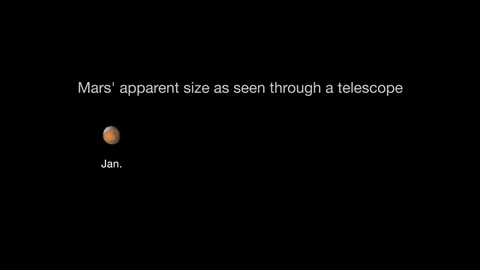
Mars is finally visible before midnight this month. It rises in the southeast at about 10 p.m. by the end of April. The best observing of Mars will be when it is highest in the sky. This means a few hours before dawn. Its brightness and apparent size increase dramatically this month. By month’s end, Mars appears nearly twice as bright as at the beginning of the month.
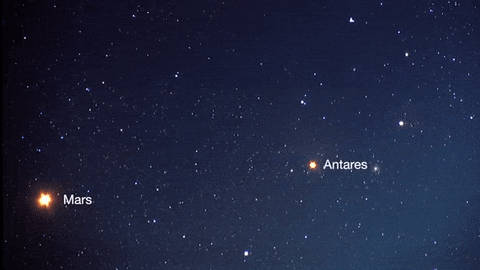
About mid-month you’ll see Mars near its rival in the sky: the similar-colored red supergiant star Antares. The name “Antares” means “equal to or rival of Mars”.
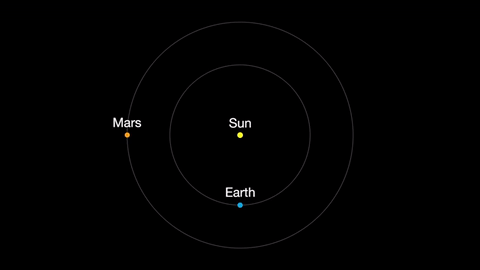
Earth moves almost twice as fast as Mars does, so it often passes Mars in their race around the sun. This causes “retrograde motion”: an illusion we see from our viewpoint on Earth.
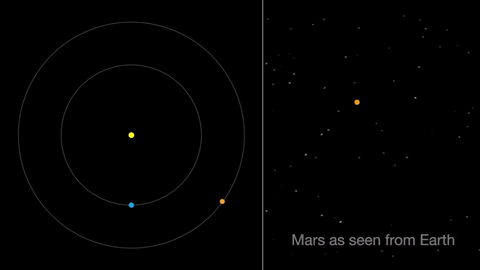
Retrograde motion happens as Earth catches up to Mars, causing Mars to appear slow to slow its eastward motion against the stars. After a few days, when Earth has overtaken Mars, the Red Planet seems to move westward. Eventually, Earth moves far enough around its orbit that Mars appears to be moving eastward again.
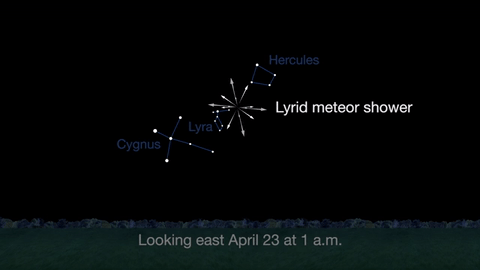
April features one meteor shower, the Lyrids. This year the Lyrids are marred by the full moon. The best time to view will be just before dawn on April 23, when the constellation Lyra is overhead and the moon will be near to setting.
With all of these great things to spot in the sky this month, be sure to get outside and look up!
Make sure to follow us on Tumblr for your regular dose of space: http://nasa.tumblr.com
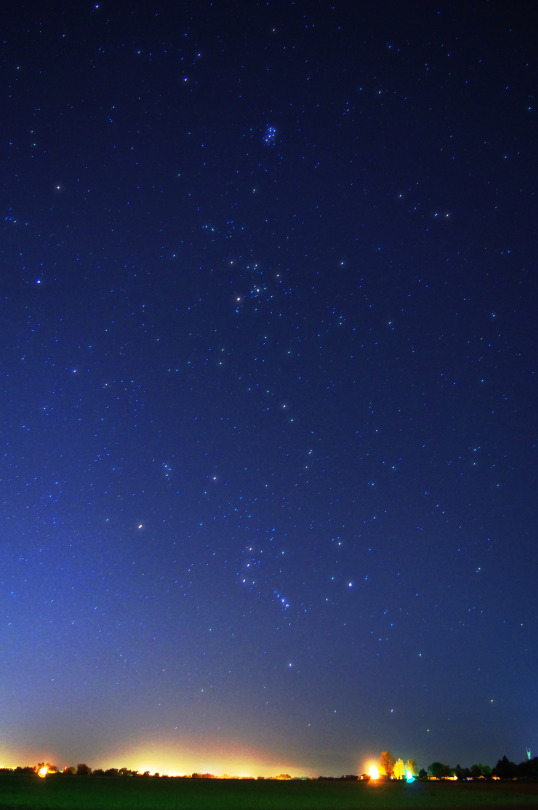
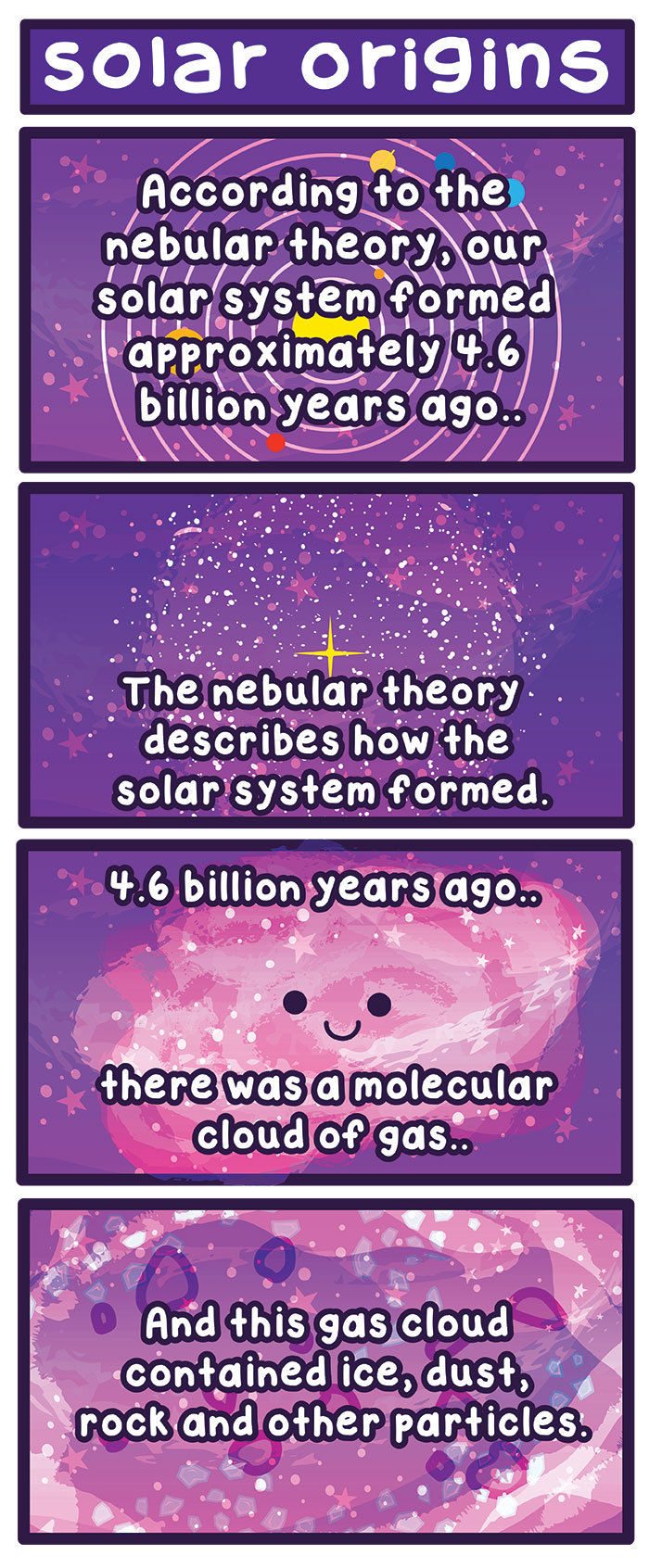
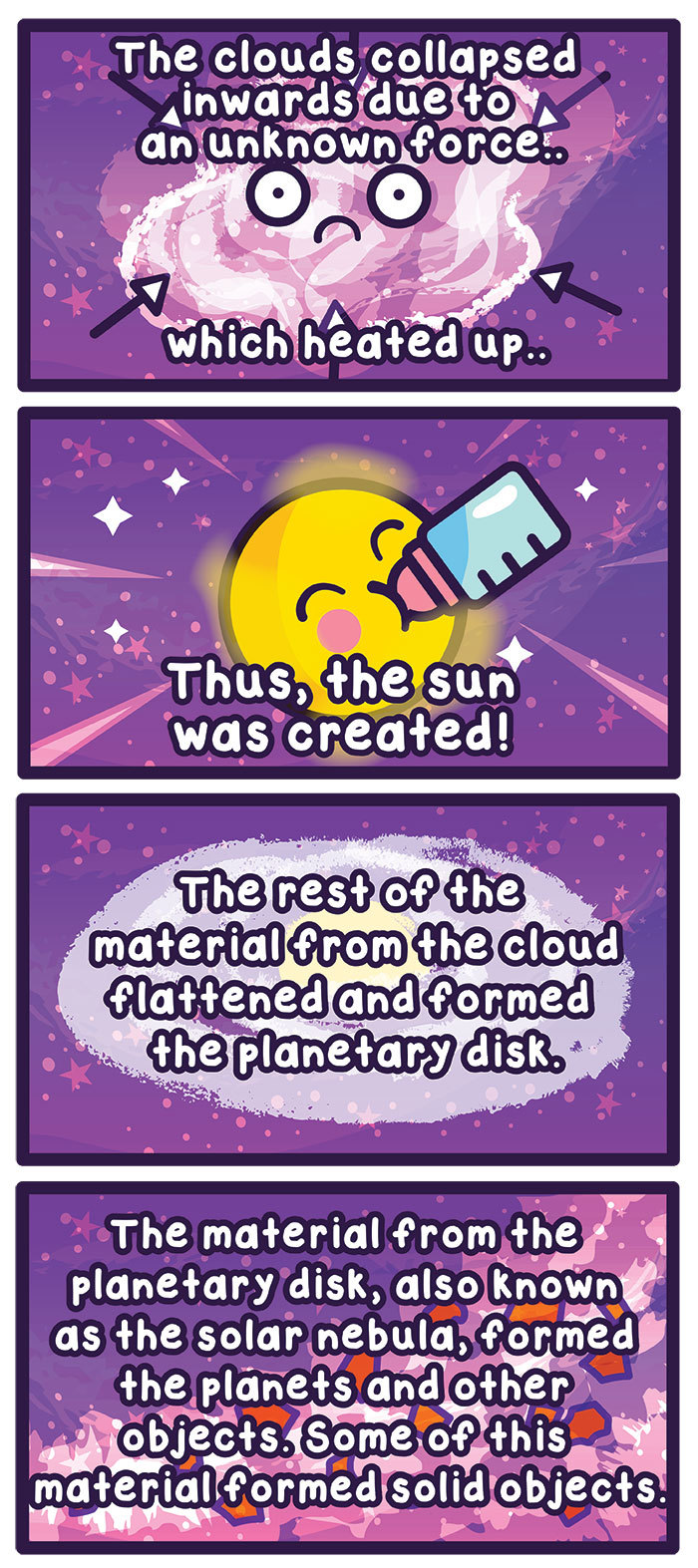
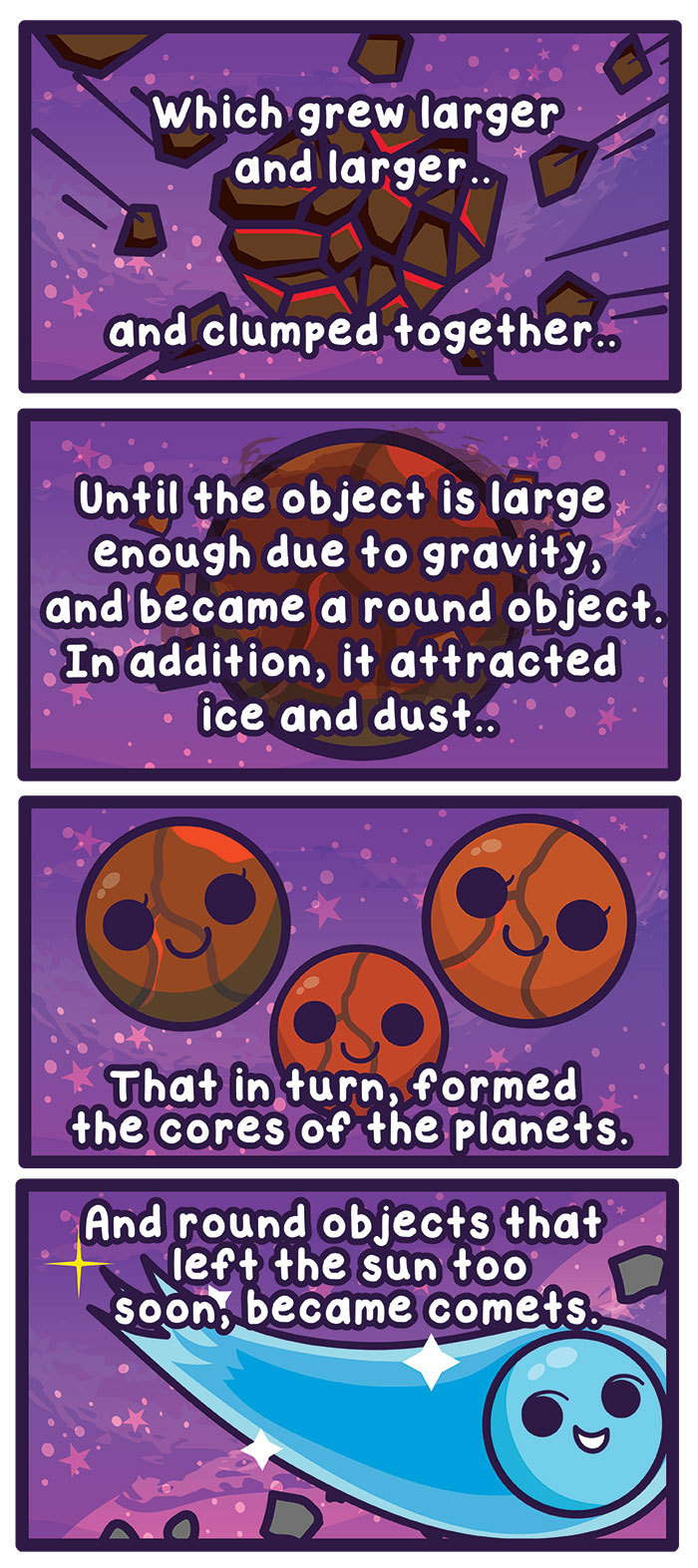
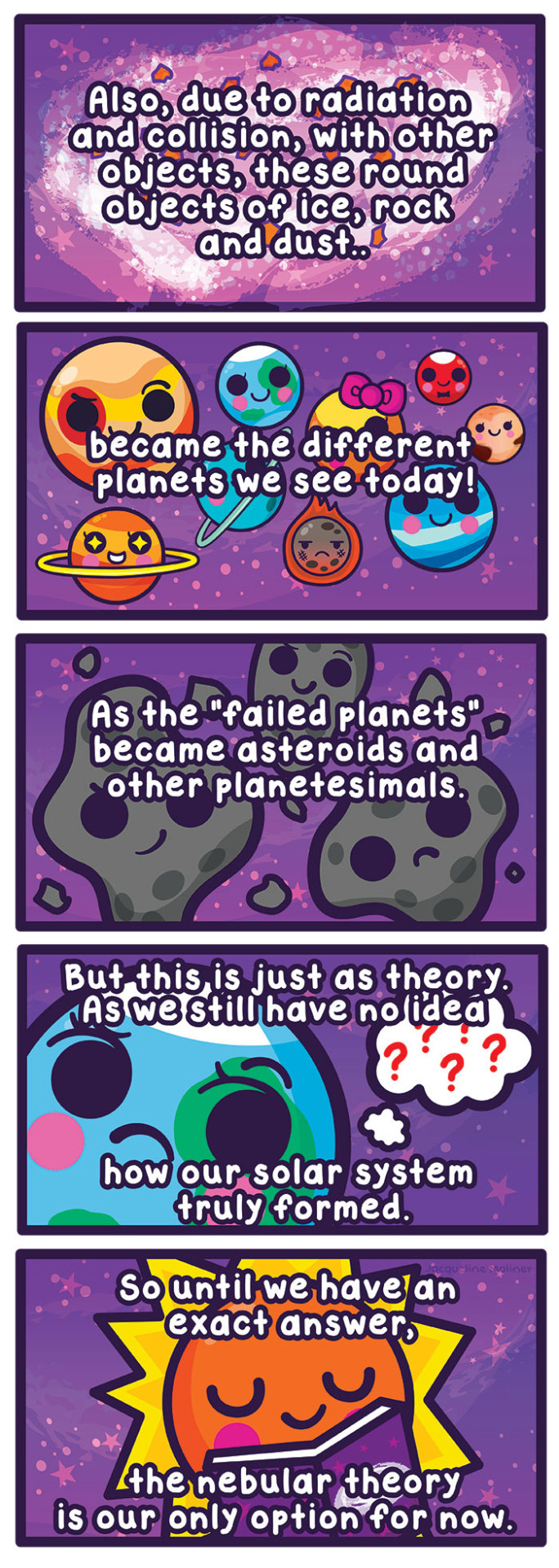

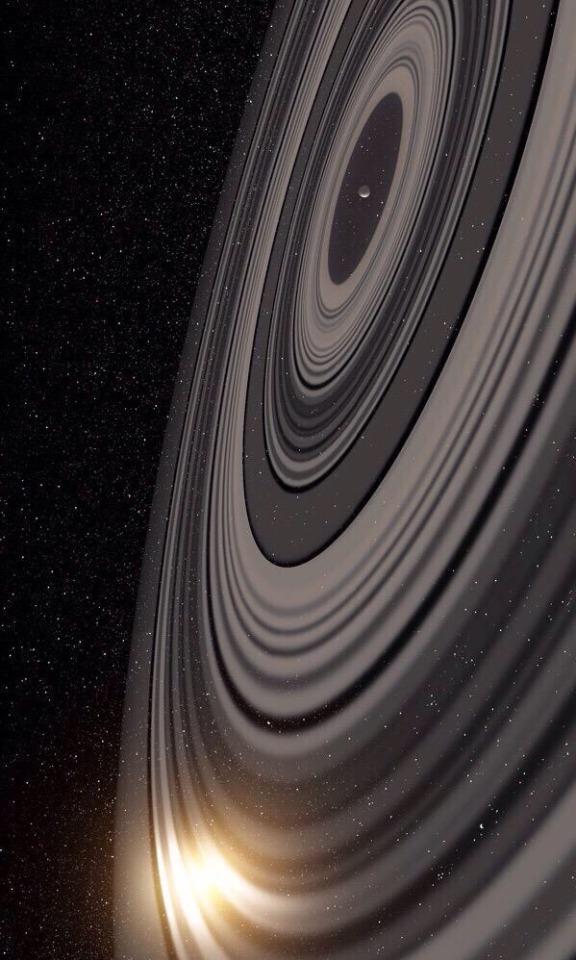
Gigantic Ring System Around J1407b Much Larger, Heavier Than Saturn’s.
Our sister galaxy
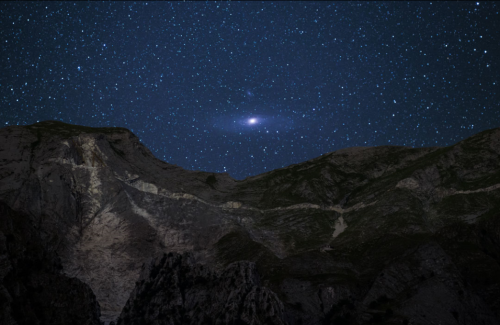
Andromeda Rising
Adorable motor protein just traveling along. Converting chemical energy into mechanical energy. Keep on rockin motor protein!



He is her eternal protector.

“Don’t think of night as the absence of day; think of it as a kind of freedom. Turned away from our sun, we see the dawning of far flung galaxies. We are no longer sun blinded to the star coated universe we inhabit.
Diane Ackerman, A Natural History of the Senses (via beautyandtheuniverse)
-
 itstheshitshow liked this · 8 years ago
itstheshitshow liked this · 8 years ago -
 alfaro117 reblogged this · 9 years ago
alfaro117 reblogged this · 9 years ago -
 alfaro117 liked this · 9 years ago
alfaro117 liked this · 9 years ago -
 cwillyp-blog liked this · 9 years ago
cwillyp-blog liked this · 9 years ago -
 nelly913-blog liked this · 9 years ago
nelly913-blog liked this · 9 years ago -
 allisonkitten reblogged this · 9 years ago
allisonkitten reblogged this · 9 years ago -
 evilmom0666 liked this · 9 years ago
evilmom0666 liked this · 9 years ago -
 levine-with-a-splash-of-insanity reblogged this · 9 years ago
levine-with-a-splash-of-insanity reblogged this · 9 years ago -
 deception1 liked this · 9 years ago
deception1 liked this · 9 years ago -
 tenigam reblogged this · 9 years ago
tenigam reblogged this · 9 years ago -
 sirunknownlv-blog liked this · 9 years ago
sirunknownlv-blog liked this · 9 years ago -
 imdonnie reblogged this · 9 years ago
imdonnie reblogged this · 9 years ago -
 imdonnie liked this · 9 years ago
imdonnie liked this · 9 years ago -
 debica8 liked this · 9 years ago
debica8 liked this · 9 years ago -
 cosmicmazapan reblogged this · 9 years ago
cosmicmazapan reblogged this · 9 years ago -
 supernatural-mangos liked this · 9 years ago
supernatural-mangos liked this · 9 years ago -
 yearofthefuckboy reblogged this · 9 years ago
yearofthefuckboy reblogged this · 9 years ago -
 pinkyyymiss liked this · 9 years ago
pinkyyymiss liked this · 9 years ago -
 nipplenurple-blog reblogged this · 9 years ago
nipplenurple-blog reblogged this · 9 years ago -
 iiiidontknowww reblogged this · 9 years ago
iiiidontknowww reblogged this · 9 years ago -
 iiiidontknowww liked this · 9 years ago
iiiidontknowww liked this · 9 years ago -
 norahvitalart liked this · 9 years ago
norahvitalart liked this · 9 years ago -
 austinquinn22 liked this · 9 years ago
austinquinn22 liked this · 9 years ago -
 dirtydayne reblogged this · 10 years ago
dirtydayne reblogged this · 10 years ago -
 edam996 reblogged this · 10 years ago
edam996 reblogged this · 10 years ago -
 edam996 liked this · 10 years ago
edam996 liked this · 10 years ago -
 inspirationengine reblogged this · 10 years ago
inspirationengine reblogged this · 10 years ago -
 inspirationengine liked this · 10 years ago
inspirationengine liked this · 10 years ago -
 mimmitrott reblogged this · 10 years ago
mimmitrott reblogged this · 10 years ago -
 kkstarfluxx reblogged this · 10 years ago
kkstarfluxx reblogged this · 10 years ago -
 kkstarfluxx liked this · 10 years ago
kkstarfluxx liked this · 10 years ago -
 grantgarden2 liked this · 10 years ago
grantgarden2 liked this · 10 years ago -
 adamdeal reblogged this · 10 years ago
adamdeal reblogged this · 10 years ago -
 3amlovestory reblogged this · 10 years ago
3amlovestory reblogged this · 10 years ago
Just a socially awkward college student with an interest in the celestial bodies in our universe.
279 posts